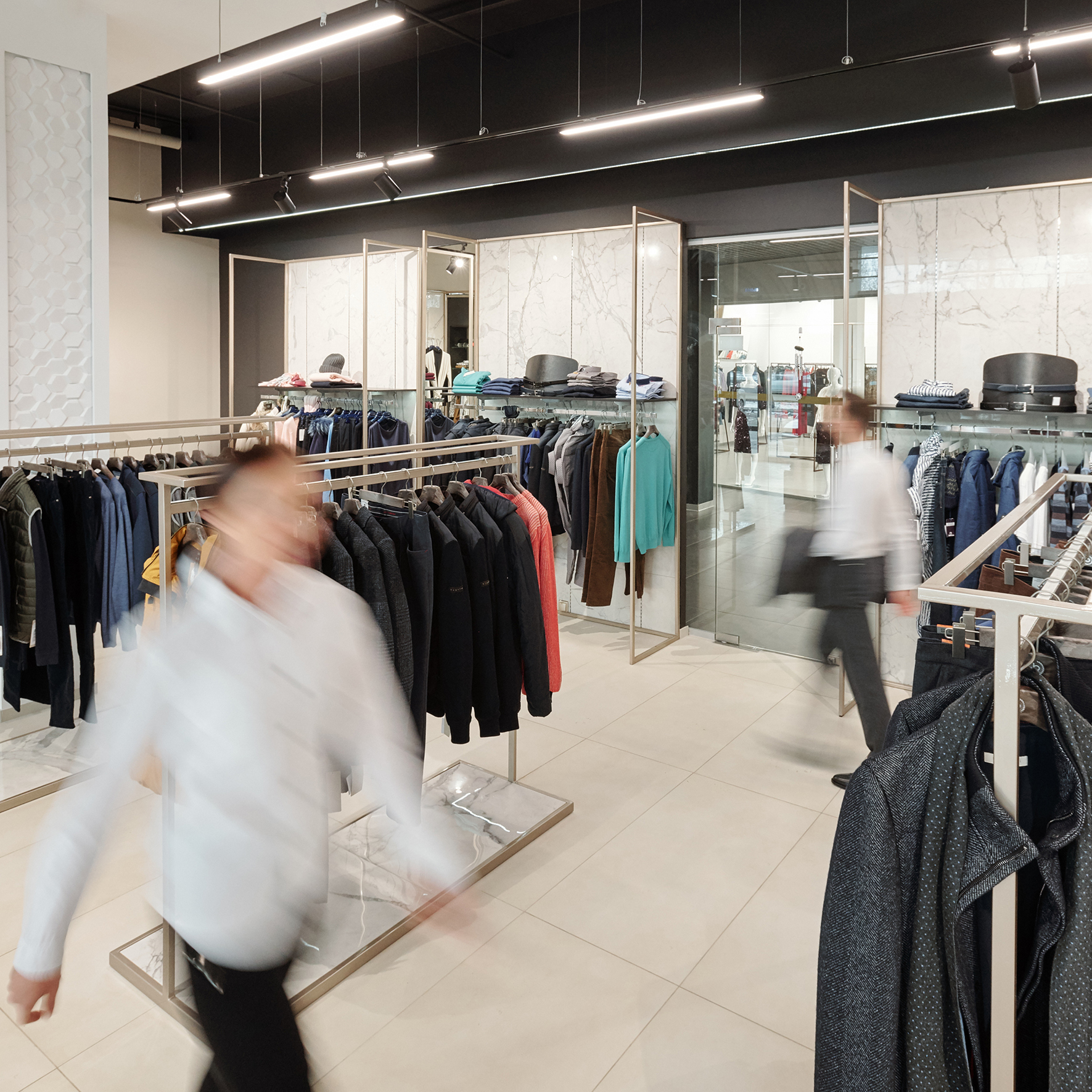From empty store shelves to labor shortages, inflation has impacted the retail industry far and wide. Retailers have been forced to balance ongoing supply chain issues, price increases, and staffing slowdowns during these challenging economic times.
One area that retailers can tap into to help navigate these unpredictable times is that of Spatial Intelligence. This type of technology measures how customers move inside physical stores using machine learning, providing retailers with key insights into their customer behavior that have profitable impacts for their business.
Reposition your retail organization for future growth with Spatial Intelligence amid a time of economic uncertainty. Gain a competitive edge by understanding the behavior of your customers inside stores to make data-driven decisions that impact your store’s profitability.
I had the great opportunity to sit down with Robin Lewis and Shelley E. Kohan, TRR’s chief strategist, to explore how retailers can respond to these inflation challenges affecting their business today with Spatial Intelligence.
Watch the vodcast: How to Navigate Down Markets with Spatial Intelligence and listen to the podcast: The Robin Report Podcast Series – How to Navigate Down Markets with Spatial Intelligence
Run Store Operations Like a Well-Oiled Machine
Retailers are increasingly finding ways to optimize their labor costs across their store fleet. In today’s economic slowdown, retailers are faced with staffing shortages due in part by the Great Resignation, wage increases, and the need to run their store operations as efficiently as possible. Navigating these shifting dynamics is critical if retailers are to stay afloat in today’s market.
So, how can retailers rethink store operations with Spatial Intelligence? One example that touches from a technology standpoint, a retailer’s standpoint, and even a consumer’s standpoint is thinking about checkouts. Checkouts are a critical part of the customer journey and an opportunity for retailers to optimize their operations and reduce labor costs.
Let’s highlight an example here. If retailers open all their checkouts, chances are there will never be a long queue and wait times will be very low. In this scenario, retailers would spend too much unnecessary money on staff. On the other hand, if retailers have only one checkout open during their busiest hours of the day, retailers will save money on staff, but queue lines will be very long, diminishing the customer experience.
Finding that sweet spot of having the right number of checkouts open is where Spatial Intelligence shines. Retailers can dive deep into their queue efficiency in a data-driven way, enabling them to adjust staffing levels appropriately and preserve the customer experience. On top of this, store operation teams on the floor can receive real-time alerts to open and close checkouts as needed, improving their workforce management and maximizing their labor spend.
Embrace Data
Another major opportunity for retailers is embracing data: specifically, applying data-driven strategies into their decision-making processes. Many retailers are already tapping into technology to assist them from merchandising placements to logistics, but how can Spatial Intelligence help them stay competitive in today’s market?
One of the ways is cross-location benchmarking. What this simply means is applying the best practices from individual stores across an entire store fleet. For instance, an individual store may run checkout operations perfectly, while another may drive exceptional fitting room efficiency.
If we take these best practices from these locations, retailers can apply them to every single store in their fleet. Understanding the movement and behavior patterns of customers is immensely valuable for a retailer focused on improving low-performing stores and turning them into high-performing locations.
Just as retailers can gain a strong competitive advantage with cross-location benchmarking, the concept of monetizing the showroom can also drive additional value to retailers. Several retailers have introduced showrooms and even shop-in-shops as a concept to further drive traffic and sales inside their stores.
Implementing Spatial Intelligence inside their stores allows them to measure shopper traffic and impressions from a showroom, allowing a retailer to monetize the value of their showroom they’re providing to manufacturers, independent of sales. Therefore, the store evolves to become a monetizable marketing vehicle with granular insights into customer behavior and movement patterns that have a direct impact on store profitability. The insights gained from understanding customer behavior inside their stores provides retailers with yet another competitive asset to navigate their business during these uncertain economic times.
With Data Comes Great Responsibility
Data privacy has become an essential aspect for the entire technology industry. With a rapidly shifting landscape and data privacy regulations focused on secure data, forward-thinking retailers can lead the way in protecting consumer privacy using Spatial Intelligence.
A simple yet powerful approach to this implementation is not collecting any personally identifiable information (PII), such as gender, age, and ethnicity. Retailers can incorporate privacy-preserving insights into their business strategy and unlock growth opportunities through an unbiased approach. Spatial Intelligence provides the means of not reidentifying customers if they leave and re-enter a store, empowering retailers to achieve positive business outcomes in a privacy-centric way. Our tagline here at Pathr.ai is, “You can learn a lot from a dot”, signifying that a customer moving inside a store is recognized only as a digital dot on a visual floor plan, without any PII captured.
The retail sector is facing some challenging times, with inflation top of mind for many companies. But this situation also presents an opportunity for retailers to reposition their business for future growth with Spatial Intelligence. Optimizing store operations and maintaining efficient in-store processes, including at checkouts, can result in labor savings across a store fleet. Focusing on consumers and providing them with positive and enjoyable experiences each time they walk inside a store strengthens a retailer’s relationship with customers, who will return happily to that store. Retailers that home in on these areas and leverage Spatial Intelligence to drive in-store performance can weather the storm during these unpredictable times.
Note: Pathr.ai is a Robin Report Innovator. Check out more about their solutions here and connect with them to learn how they can help you increase profit and value across your fleet of retail stores with Spatial Intelligence.



